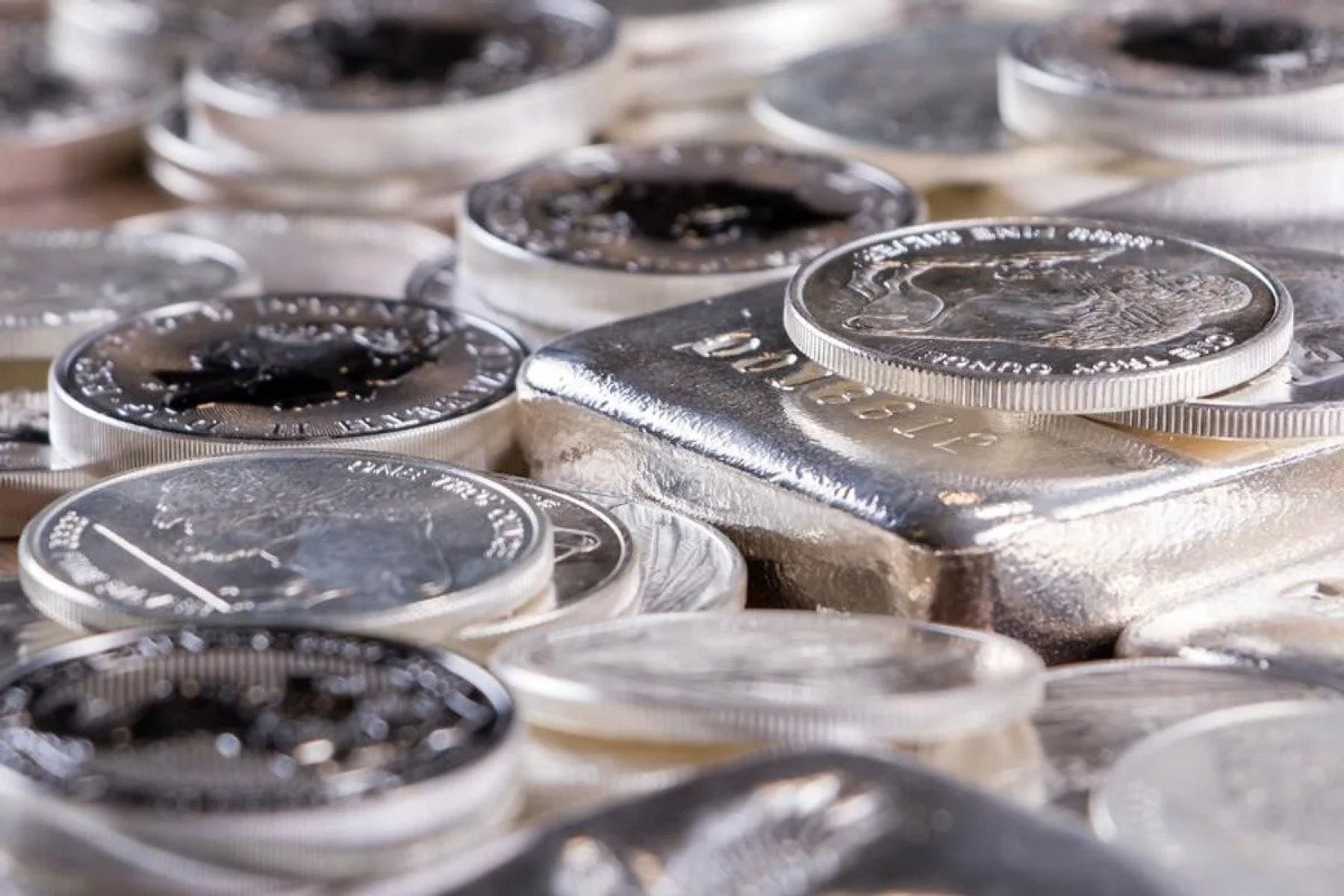

Articles
How To Store Silver Bars And Coins At Home
Modified: January 6, 2024
Learn the best methods to securely store your silver bars and coins at home with these informative articles. Keep your precious metals safe and protected.
(Many of the links in this article redirect to a specific reviewed product. Your purchase of these products through affiliate links helps to generate commission for Storables.com, at no extra cost. Learn more)
Introduction
Welcome to our comprehensive guide on how to store silver bars and coins at home. Whether you are a seasoned collector or have recently started investing in precious metals, it is crucial to understand the importance of proper storage to protect the value and integrity of your silver assets.
Silver bars and coins are not only valuable commodities but also cherished possessions for many individuals. They hold historical and sentimental significance, making it imperative to handle, store, and maintain them with utmost care.
In this article, we will walk you through the factors to consider before storing your silver at home and provide you with the best practices to ensure the safety and longevity of your collection. We will discuss how to choose the right storage location, recommend essential storage supplies, and guide you on the organization and regular maintenance of your silver. We will also touch on additional security measures, insurance, and documentation that can offer further protection and peace of mind.
Proper storage not only safeguards your silver from physical damage but also shields it from environmental factors that could affect its value and appearance. Factors such as moisture, temperature fluctuations, exposure to light, and potential theft should be taken into account when deciding on the storage method for your silver bars and coins.
By following the guidelines outlined in this article, you can create a secure and efficient storage system that will preserve your silver’s quality, prevent tarnishing, and ensure that it maintains its value for years to come.
Now, let’s delve into the details and learn how to store your silver bars and coins at home properly.
Key Takeaways:
- Proper storage and maintenance of silver bars and coins are essential for preserving their value, protecting against damage, and ensuring longevity. By following best practices and enhancing security measures, you can safeguard your precious metals for years to come.
- Thorough documentation and appropriate insurance coverage are crucial for protecting stored silver. Maintaining detailed records, periodic appraisals, and understanding policy terms will provide peace of mind and support in case of unforeseen events.
Read more: How To Store Silver Coins
Understanding the Importance of Proper Storage
Proper storage is crucial for maintaining the quality and value of your silver bars and coins. Without adequate protection, your precious metals can be susceptible to damage, tarnish, and loss. Here are a few key reasons why proper storage is essential:
Preservation of Value: Investing in silver bars and coins is often done with the intention of preserving wealth and potentially gaining a profit over time. Ensuring proper storage helps maintain the condition of your silver, preserving its value and potentially enhancing its marketability should you decide to sell or trade in the future.
Prevention of Tarnish: Silver is prone to tarnishing, which occurs when it reacts with sulfur or other airborne pollutants. Tarnish can not only diminish the shine and luster of your silver but also affect its value. Proper storage can help minimize exposure to these elements, reducing the likelihood of tarnish formation.
Protection against Physical Damage: Silver bars and coins can be easily scratched, dented, or otherwise damaged if not stored properly. Without protective measures, your precious metals may lose their aesthetic appeal and, in turn, their value. Proper storage can help prevent accidental damage and ensure that your silver remains in pristine condition.
Security and Theft Prevention: Silver is a valuable commodity, making it an attractive target for thieves. Proper storage measures can help deter theft and provide peace of mind knowing that your collection is securely stored. By implementing adequate security measures, you can minimize the risk of theft and protect your investment.
Long-Term Preservation: Many silver collectors have the intention of passing down their precious metals as heirlooms or investments for future generations. Proper storage not only preserves your silver in the short term but also ensures its longevity over the years, allowing you to pass down a valuable and well-maintained collection to your loved ones.
Understanding these reasons highlights how crucial it is to prioritize proper storage when it comes to your silver bars and coins. By implementing the best practices and investing in appropriate storage supplies, you can protect the value, appearance, and longevity of your precious metals.
Factors to Consider Before Storing Silver Bars and Coins at Home
Before you embark on storing your silver bars and coins at home, there are several important factors to consider. These factors will help you determine the most suitable storage method and ensure the long-term protection of your precious metals. Here are the key considerations:
Security: Ensuring the security of your silver should be a top priority. Consider the level of security measures you have in place at your residence. This may include alarm systems, surveillance cameras, secure doors and windows, and even a safe room. Assessing your security measures will help determine the level of protection needed for your silver collection.
Climate and Environment: The climate and environment in which you live can impact the condition of your silver. Exposure to extreme temperatures, humidity, and chemicals can accelerate tarnishing and damage. Evaluate the climate conditions in your area and aim to store your silver in a stable environment with controlled temperature and humidity levels.
Accessibility: Consider how often you need to access your silver. If you regularly buy, sell, or add to your collection, you may want to opt for storage options that provide easy accessibility. However, if you are storing silver for long-term investment purposes, you may prioritize security and choose a storage method that limits access.
Quantity of Silver: Assess the size and value of your silver collection. The quantity of silver you possess may influence your storage needs. Larger collections may require more secure storage solutions or even alternative options like a safe deposit box at a bank or a private storage facility.
Future Plans: Consider your future plans for your silver collection. If you anticipate expanding your collection or if you plan to hand it down as an inheritance, you may want to choose a storage method that can accommodate future growth and ensure the long-term preservation of your silver.
Budget: Evaluate your budget and determine how much you are willing to invest in proper storage solutions. While it is crucial to prioritize the protection of your silver, it is also important to find a storage method that aligns with your financial capabilities.
By carefully considering these factors, you can make an informed decision about storing your silver bars and coins at home. Balancing the need for security, climate control, accessibility, and future plans will help you choose the most suitable and effective storage method for your valuable precious metals.
Best Practices for Storing Silver Bars and Coins Safely
Ensuring the safety and preservation of your silver bars and coins requires following best practices for storage. By implementing the following guidelines, you can protect your precious metals from damage, tarnish, and theft:
1. Use Airtight Containers: Store your silver bars and coins in airtight containers, such as plastic sleeves or capsules designed specifically for precious metals. Airtight containers provide a barrier against moisture, air pollutants, and tarnish-inducing elements.
2. Handle with Clean Hands: Always handle your silver bars and coins with clean hands or wear gloves to avoid leaving fingerprints or transferring oils onto the surface. Fingerprints can potentially lead to tarnish and affect the appearance of your silver.
3. Minimize Exposure to Air and Light: Limit your silver’s exposure to air and light, as these can contribute to tarnishing. Store your silver in a dark, cool place, away from direct sunlight and excessive air circulation, to prevent oxidization.
4. Separate and Protect: Store each silver bar and coin separately to prevent scratching or damage. You can use protective sleeves, individual compartments, or even acid-free tissue paper to create a barrier between each item. This will help maintain the quality and integrity of your collection.
5. Consider Desiccants: Place desiccant packets or silica gel inside your storage containers to absorb excess moisture and prevent the formation of tarnish. Be sure to replace the desiccants regularly to ensure their effectiveness.
6. Store in a Stable Environment: Maintain a stable environment for your silver by storing it in an area with controlled temperature and humidity levels. Extreme changes in temperature and humidity can cause expansion, contraction, and moisture buildup, potentially damaging your silver.
7. Utilize Anti-Tarnish Strips: Consider using anti-tarnish strips or tabs in your storage containers. These strips release chemicals that help prevent tarnish and corrosion, providing an additional layer of protection for your silver.
8. Regularly Inspect and Clean: Periodically inspect your silver bars and coins for any signs of tarnish, damage, or deterioration. Clean your silver gently using non-abrasive silver-cleaning products or methods recommended by experts. Be cautious to avoid over-cleaning, especially for numismatic coins to preserve their value.
9. Back-Up Documentation: Keep a detailed inventory or catalog of your silver collection, including descriptions, photographs, and purchase receipts. This documentation will be invaluable for insurance purposes or in case of loss or theft.
10. Consider Insurance: Insuring your silver collection provides an added layer of protection and peace of mind. Consult with an insurance provider specializing in precious metals to ensure you have the appropriate coverage and understand any specific requirements or limitations.
By following these best practices, you can significantly reduce the risk of damage, tarnish, and loss, preserving the value and beauty of your silver bars and coins for years to come. Remember that proper storage is an investment in the long-term preservation of your collection and is essential for maintaining its appeal and value.
Choosing the Right Storage Location at Home
When it comes to storing your silver bars and coins at home, selecting the right storage location is crucial for their safety and preservation. Consider the following factors to ensure you choose a suitable and secure space:
1. Security: Look for a location that provides adequate security measures. This may include a room with a lockable door, an area with a security system, or a hidden spot that is not easily accessible to unauthorized individuals. Prioritize the security of your silver collection to reduce the risk of theft.
2. Climate Control: Choose a storage location that offers climate control or minimal temperature and humidity fluctuations. Avoid areas prone to extreme temperatures, high humidity, or frequent temperature changes, as these can accelerate tarnishing and damage. A stable environment is essential for preserving the quality of your silver.
3. Accessibility: Consider how easily you can access your silver when needed. If you anticipate frequently buying or selling silver, opt for a storage location that offers convenient and quick access. However, if you are storing silver for long-term investment purposes, prioritize security over accessibility.
4. Concealment: If security is a primary concern, consider locations that offer natural concealment. This may include hidden compartments, false walls, or unexpected places that are not easily visible or targeted by thieves.
5. Fire Safety: Avoid storing your silver in areas prone to fire hazards, such as near furnaces or flammable materials. Choose a location that minimizes the risk of fire and ensures the safety of your precious metals in case of an emergency.
6. Avoid Moisture and Chemical Exposure: Keep your silver away from areas prone to moisture and chemicals. Locations such as basements, attics, garages, or areas with water pipes should be avoided as they can pose a risk of moisture damage or exposure to potentially corrosive substances.
7. Consider Space Availability: Evaluate the amount of space you have available for storage. Ensure that the location you choose can accommodate your current silver collection and any potential expansion in the future.
8. Privacy: If you prefer to keep your collection private and out of sight, choose a location that offers privacy. This may be a dedicated room, a locked cabinet, or a discrete area where your silver is not easily visible to others.
By taking these factors into consideration, you can select the right storage location at home for your silver bars and coins. Remember to prioritize security, climate control, accessibility, and privacy to ensure the safety and long-term preservation of your precious metals collection.
Read more: How To Store Silver Coins At Home
Recommended Storage Supplies for Silver Bars and Coins
Investing in the right storage supplies is essential for protecting your silver bars and coins from damage, tarnish, and other forms of deterioration. The following are some recommended storage supplies that will help preserve the quality and value of your precious metals:
1. Airtight Containers: Use airtight containers, such as plastic coin sleeves or capsules, to store individual silver coins. These containers provide a protective barrier against air, moisture, and contaminants that can cause tarnish or other forms of damage. Make sure to choose containers specifically designed for coins to ensure a proper fit.
2. Coin Tubes: Consider using coin tubes to store multiple silver coins of the same size. These tubes offer a convenient and secure way to organize and protect your coins, while also allowing for easy stacking and storage. Look for tubes made from materials that are free from harmful chemicals that may react with your silver.
3. Coin Holders: Coin holders, also known as flips or holders, are clear plastic cases that allow you to view both sides of the coin while providing protection from dust, scratches, and fingerprints. They are an excellent option for individual silver coins that you want to showcase or handle frequently.
4. Coin Pages or Albums: For those with larger silver coin collections, coin pages or albums can be a practical storage solution. These pages or albums typically have pockets or slots designed to hold multiple coins and provide an organized and protective way to store and display your coins.
5. Silver Bar Capsules: If you have silver bars, investing in air-tight, clear plastic capsules designed specifically for bars is highly recommended. These capsules provide a layer of protection against physical damage, tarnish, and environmental factors such as moisture and air pollutants. Make sure to choose capsules that properly fit the size of your silver bars.
6. Silica Gel Packets: For added protection against moisture, consider placing silica gel packets inside your storage containers. Silica gel helps absorb excess humidity and prevents the formation of tarnish. Remember to replace the silica gel packets periodically for continued effectiveness.
7. Acid-Free Tissue Paper: Use acid-free tissue paper to wrap your silver bars or coins before storing them. This will provide an extra layer of protection against scratches and help prevent any potential chemical reactions that could cause damage. Avoid using regular tissue paper, as it may contain acids that can harm your silver over time.
8. Safe or Safety Deposit Box: For added security, consider storing your silver bars and coins in a secure safe or a safety deposit box at a bank. These options provide a high level of protection against theft, fire, and other risks. It is important to research and choose a reputable institution that offers proper security measures.
9. Inventory Management Software or Spreadsheet: Keeping track of your silver collection is essential. Consider using inventory management software or a spreadsheet to record important information about each silver bar or coin, including purchase date, mint, weight, and any other relevant details. This will help you stay organized and keep a record of your collection for insurance purposes.
By selecting and utilizing these recommended storage supplies, you can ensure that your silver bars and coins are well-protected and preserved for the long term. Remember, investing in proper storage supplies is an investment in the safety and value of your precious metals collection.
Store silver bars and coins in a secure and hidden location, such as a safe or a locked cabinet. Keep them away from moisture and extreme temperatures to prevent tarnishing. Consider using silica gel packets to absorb any excess moisture.
Organizing and Cataloging Your Silver Collection
Organizing and cataloging your silver collection is essential for easy management, tracking, and maintaining the value of your precious metals. The following steps will help you effectively organize and catalog your silver bars and coins:
1. Create an Inventory: Start by creating an inventory of your silver collection. This can be done using inventory management software, a spreadsheet, or even a physical ledger. Include important information such as the date of purchase, description, weight, purity, and any other relevant details for each silver bar or coin.
2. Categorize by Type: Categorize your silver collection by type, such as coins and bars. This will help you easily identify and locate specific items when needed. Within each category, you can further organize by year, mint, size, or any other criteria that is relevant to your collection.
3. Utilize Storage Containers: Use the recommended storage supplies mentioned earlier, such as airtight containers, coin tubes, or coin pages, to keep your silver bars and coins organized and protected. Ensure that each item is clearly labeled or labeled according to your inventory system for easy identification.
4. Establish a Numbering System: Assign a unique number or code to each silver bar or coin in your collection. This will help you maintain an organized record and easily locate specific items in your inventory. You can use a combination of letters, numbers, or a barcode system to label and identify each item.
5. Consider Digital Imaging: Take high-quality photographs of your silver bars and coins and link them to your inventory. This visual representation can be helpful for insurance purposes, cataloging, and identifying specific items in your collection. Ensure that the images are clear and show any unique characteristics or details of each silver piece.
6. Regularly Update Your Inventory: Make it a habit to periodically update your inventory as you add or sell silver bars and coins. This will help you keep an accurate record of your collection and ensure that you have the most up-to-date information on each item, including its current value.
7. Track Market Values: Keep track of the market values of your silver bars and coins to stay informed about their worth. This can be done through research, following precious metals websites or forums, or subscribing to market updates. By tracking market values, you can assess the value of your collection over time and make informed decisions regarding buying or selling.
8. Maintain Records and Documentation: Keep all purchase receipts, certificates of authenticity, and any other relevant documentation for each silver bar or coin. This documentation is crucial for insurance purposes and verifying the authenticity and provenance of your silver collection.
By organizing and cataloging your silver collection, you can easily manage and track your precious metals, ensure their safety, and have a clear overview of the value and composition of your collection. With a well-maintained inventory and organizational system, you can appreciate and enjoy your silver collection even more.
Regular Maintenance and Inspection of Stored Silver
Regular maintenance and inspection of your stored silver bars and coins are essential to ensure their longevity, prevent damage, and maintain their value. By following these best practices, you can keep your precious metals in optimal condition:
1. Establish a Cleaning Routine: Develop a regular cleaning routine for your silver bars and coins. Gently clean them using non-abrasive silver cleaners or methods recommended by experts. Avoid over-cleaning, especially for numismatic coins, as excessive cleaning can potentially diminish their value. Follow proper cleaning techniques to preserve the quality and appearance of your silver.
2. Inspect for Tarnish or Damage: Regularly inspect your stored silver for any signs of tarnish or damage. Tarnish appears as a yellowing or blackening of the metal’s surface and can be removed with appropriate cleaning methods. Look for scratches, dents, or other forms of damage that may require professional restoration or repair. Early detection of any issues allows for prompt action and prevents further deterioration.
3. Rotate and Reorganize: Periodically rotate your silver bars and coins within their storage containers to prevent long-term exposure to one specific area. This helps distribute any environmental impacts evenly and reduces the risk of localized damage. Reorganize your collection if necessary and ensure that all items are properly stored and labeled for easy identification.
4. Maintain Stable Environmental Conditions: Continuously monitor and maintain stable temperature and humidity levels in your storage area. Extreme fluctuations in these factors can cause expansion, contraction, and moisture buildup, leading to damage to your silver. Use humidity control devices such as dehumidifiers or moisture-absorbing packets to maintain a stable environment.
5. Handle with Care: When inspecting or moving your silver bars and coins, handle them with clean, dry hands or wear gloves to prevent fingerprints or oils from transferring to the surface. Avoid touching the exposed areas of numismatic coins to preserve their condition and value.
6. Assess Security Measures: Regularly assess and update the security measures in place to protect your stored silver. Ensure that alarm systems, surveillance cameras, locks, or other security features are functioning properly. Stay informed about any advancements in home security technology that can enhance the protection of your precious metals.
7. Professional Appraisal: Consider getting your silver collection professionally appraised on a regular basis. An appraiser can assess the value, quality, and authenticity of your silver bars and coins. This information is valuable for insurance purposes and to stay informed about the market value of your collection.
8. Stay Informed: Keep yourself updated on the latest best practices and techniques for silver storage and maintenance. Stay informed about any new developments or research in the field of precious metals preservation. This knowledge will help you make informed decisions and ensure the longevity of your silver collection.
By regularly maintaining and inspecting your stored silver, you can identify and address any issues early on, ensuring that your precious metals remain in excellent condition. Regular care and attention will help preserve the value, appearance, and integrity of your silver bars and coins for years to come.
Additional Security Measures to Protect Your Silver
While proper storage and regular maintenance are crucial for protecting your silver bars and coins, implementing additional security measures can provide an extra layer of protection. Consider the following measures to enhance the security of your precious metals:
1. Home Security System: Install a comprehensive home security system that includes alarms, surveillance cameras, and motion sensors. A robust security system can deter potential intruders and provide you with real-time alerts in the event of unauthorized access.
2. Safe or Vault: Invest in a high-quality safe or vault to store your silver. Look for safes or vaults specifically designed for precious metals storage, with features such as fire resistance, drill-resistant construction, and secure locking mechanisms. Bolt the safe or vault to the floor or wall for added security.
3. Hidden Storage: Consider utilizing hidden storage options to keep your silver discreet and secure. This can include false walls, secret compartments, or custom-built hiding spots that are not easily visible to intruders. Consult with professionals for expert advice on secret storage options.
4. Security Cameras: Install security cameras in your storage area or throughout your home to monitor and record any unauthorized access. Visible cameras can act as a deterrent, while hidden cameras can help capture evidence in case of a theft or break-in.
5. Security Lighting: Implement adequate outdoor lighting around the perimeter of your home and the entry points. Well-lit areas can deter potential intruders and make them more visible to neighbors or security cameras. Consider motion-activated lights for additional security.
6. Alarm System Monitoring: Connect your home security system to a professional monitoring service. This ensures that immediate action is taken in the event of an alarm trigger, such as a break-in or unauthorized access to your storage area.
7. Neighborhood Watch: Get involved in or establish a neighborhood watch program. Collaborating with your neighbors can create a strong sense of community and increase overall safety and security in your area. Look out for one another and report any suspicious activities.
8. Document Valuables: Create a detailed inventory of your silver bars and coins, including photographs, descriptions, and serial numbers. Also, consider engraving or etching identifying marks on your silver items. These measures can help with identification and recovery in the event of theft.
9. Background Checks: If you hire any service professionals, such as repair technicians or house cleaners, conduct thorough background checks to ensure their trustworthiness and minimize the risk of theft or unauthorized access to your silver collection.
10. Insurance Coverage: Speak with your insurance provider about obtaining specialized insurance coverage for your valuable silver collection. Make sure your policy covers theft, loss, and damage, and that it reflects the current value of your collection. Keep records and documentation of your silver items for insurance purposes.
By implementing these additional security measures, you can significantly enhance the protection of your silver bars and coins. Remember that a multi-layered approach to security is the most effective way to safeguard your precious metals and provide you with peace of mind.
Read more: How To Store Silver Bars
Insurance and Documentation for Stored Silver
Insurance and proper documentation are essential components of protecting your stored silver bars and coins. By having adequate insurance coverage and maintaining thorough documentation, you can safeguard your valuable assets and ensure a smoother claims process in case of loss, theft, or damage. Here are the key considerations:
1. Evaluate Your Homeowner’s Insurance: Review your homeowner’s insurance policy to determine if it provides coverage for your silver collection. Standard policies may have limitations or exclusions when it comes to valuable items like precious metals. Contact your insurance provider to understand the extent of coverage and consider adding a separate policy or endorsement for your silver.
2. Specialized Insurance for Precious Metals: Consider obtaining specialized insurance coverage tailored specifically for your silver bars and coins. Companies that specialize in insuring precious metals can offer comprehensive coverage with higher limits and more specific protection. Explore different insurance options and compare policies to find the one that best suits your needs.
3. Appraisal and Documentation: Have your silver collection professionally appraised to establish its value. The appraisal should be conducted by a qualified and reputable appraiser who specializes in precious metals. Use the appraisal report as documentation for insurance purposes.
4. Photograph and Videograph: Take clear and detailed photographs or videos of your silver bars and coins. Capture the front and back of each item, noting any unique features or markings. Ensure that the photographs or videos clearly show the condition and appearance of each piece for insurance documentation.
5. Maintain a Detailed Inventory: Keep an updated inventory of your silver collection, including descriptions, purchase dates, appraised value, and other relevant details. Organize this information in a digital or physical format and store it securely. Consider using inventory management software or spreadsheet templates to simplify the process.
6. Store Documentation Securely: Keep physical copies and digital copies of your appraisal reports, photographs, and inventory records stored securely. Safes, safety deposit boxes, or encrypted digital storage are recommended options. In the event of a loss or claim, having proper documentation readily available will help expedite the claims process.
7. Periodic Reappraisal: Regularly reassess the value of your silver collection by getting updated appraisals. Precious metal prices can fluctuate significantly over time, and an updated valuation will ensure that your insurance coverage accurately reflects the current value of your collection. Keep the appraisals and supporting documentation up to date.
8. Notify Your Insurance Provider: Inform your insurance provider about any changes to your silver collection, such as additions or sales. By keeping them updated, you can ensure that your coverage remains appropriate for your evolving collection. Failure to disclose changes may affect your claims process in the future.
9. Understand Policy Terms and Coverage: Read and understand the terms and conditions of your insurance policy. Take note of any deductibles, coverage limits, exclusions, or special requirements related to the storage and security of your silver. If you have any questions or concerns, contact your insurance provider for clarification.
10. Maintain Records of Transactions: Retain records of purchase receipts, invoices, certificates of authenticity, and any other relevant documents for your silver bars and coins. These records serve as proof of ownership and authenticity, and they can also help streamline the claims process in the event of a loss or theft.
By securing appropriate insurance coverage and maintaining thorough documentation, you can protect your stored silver bars and coins and have peace of mind knowing that your valuable assets are well-preserved and supported in case of unforeseen events.
Conclusion
Proper storage and maintenance of your silver bars and coins are crucial for preserving their value, protecting them from damage, and ensuring their longevity. By following the best practices outlined in this guide, you can create a secure and organized storage system that will safeguard your precious metals for years to come.
Understanding the importance of proper storage, considering factors such as security and climate control, and utilizing recommended storage supplies are critical steps in protecting your silver. By choosing the right storage location at home, organizing and cataloging your collection, and regularly inspecting and maintaining your silver, you can stay proactive in preserving its quality and preventing potential issues.
Enhancing security measures, such as installing home security systems, using safes or vaults, and implementing surveillance cameras, adds another layer of protection to your valuable silver collection. Properly insuring your silver and maintaining thorough documentation further safeguards your assets and ensures a smoother claims process in case of loss, theft, or damage.
Remember, the value and beauty of your silver bars and coins rely on your commitment to their care and protection. With attention to detail, regular maintenance, and adherence to proper storage practices, you can enjoy your silver collection and preserve its value for both financial and sentimental reasons.
Lastly, stay informed about new developments, evolving storage techniques, and market trends in the world of precious metals. The more you learn, the better equipped you will be to protect and appreciate your silver investment.
Invest the time, effort, and resources into preserving your silver bars and coins properly, and you will enjoy the rewards of a beautiful, valuable collection that can be cherished for generations to come.
Frequently Asked Questions about How To Store Silver Bars And Coins At Home
Was this page helpful?
At Storables.com, we guarantee accurate and reliable information. Our content, validated by Expert Board Contributors, is crafted following stringent Editorial Policies. We're committed to providing you with well-researched, expert-backed insights for all your informational needs.
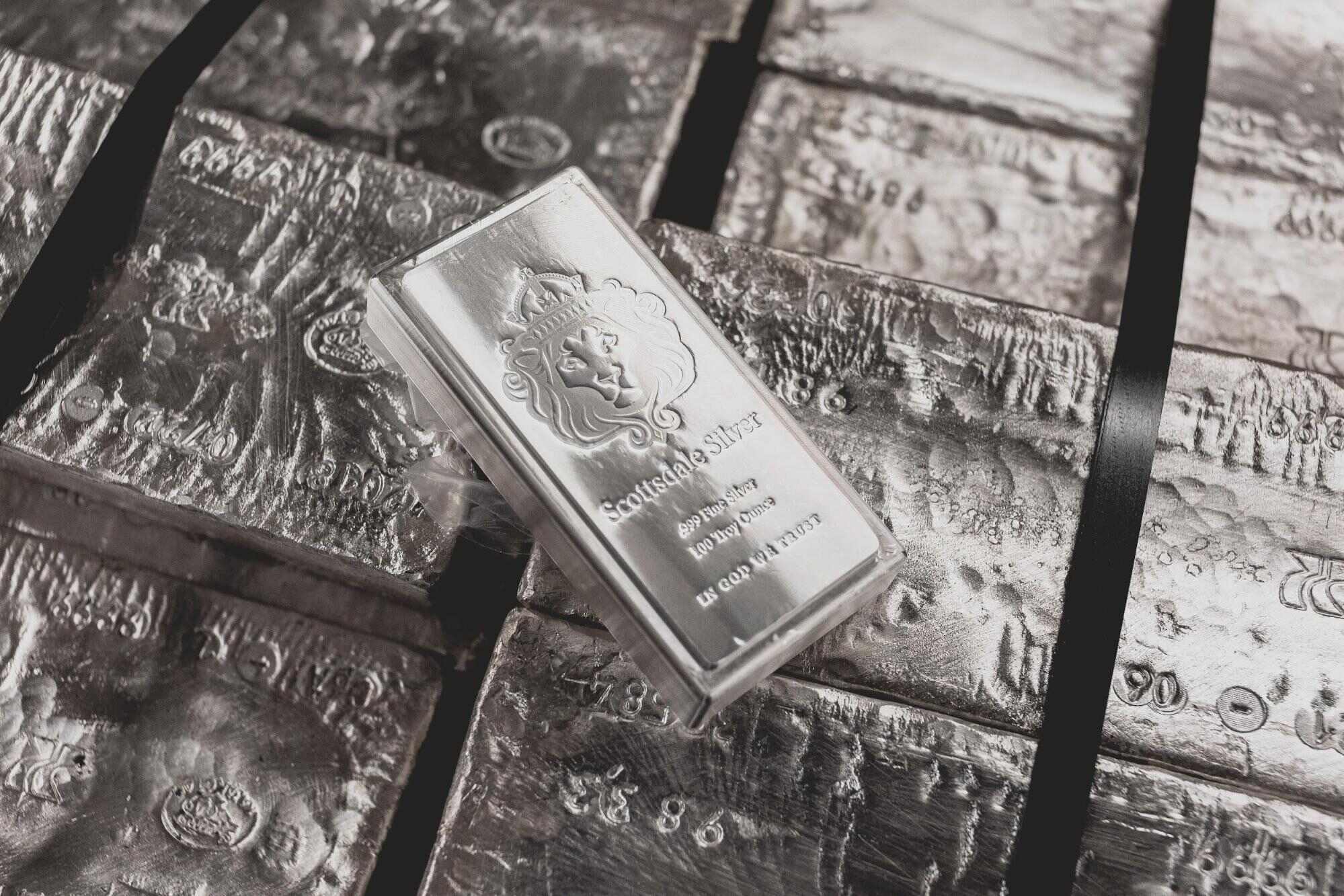
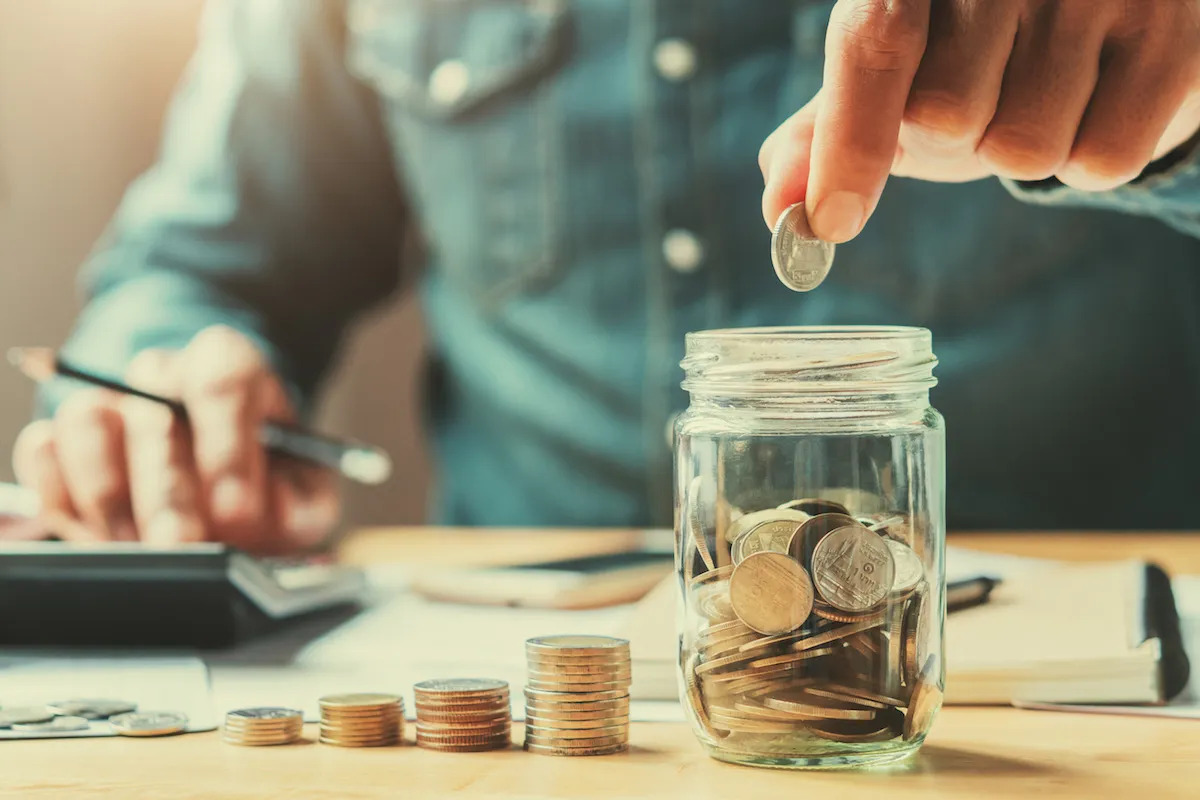
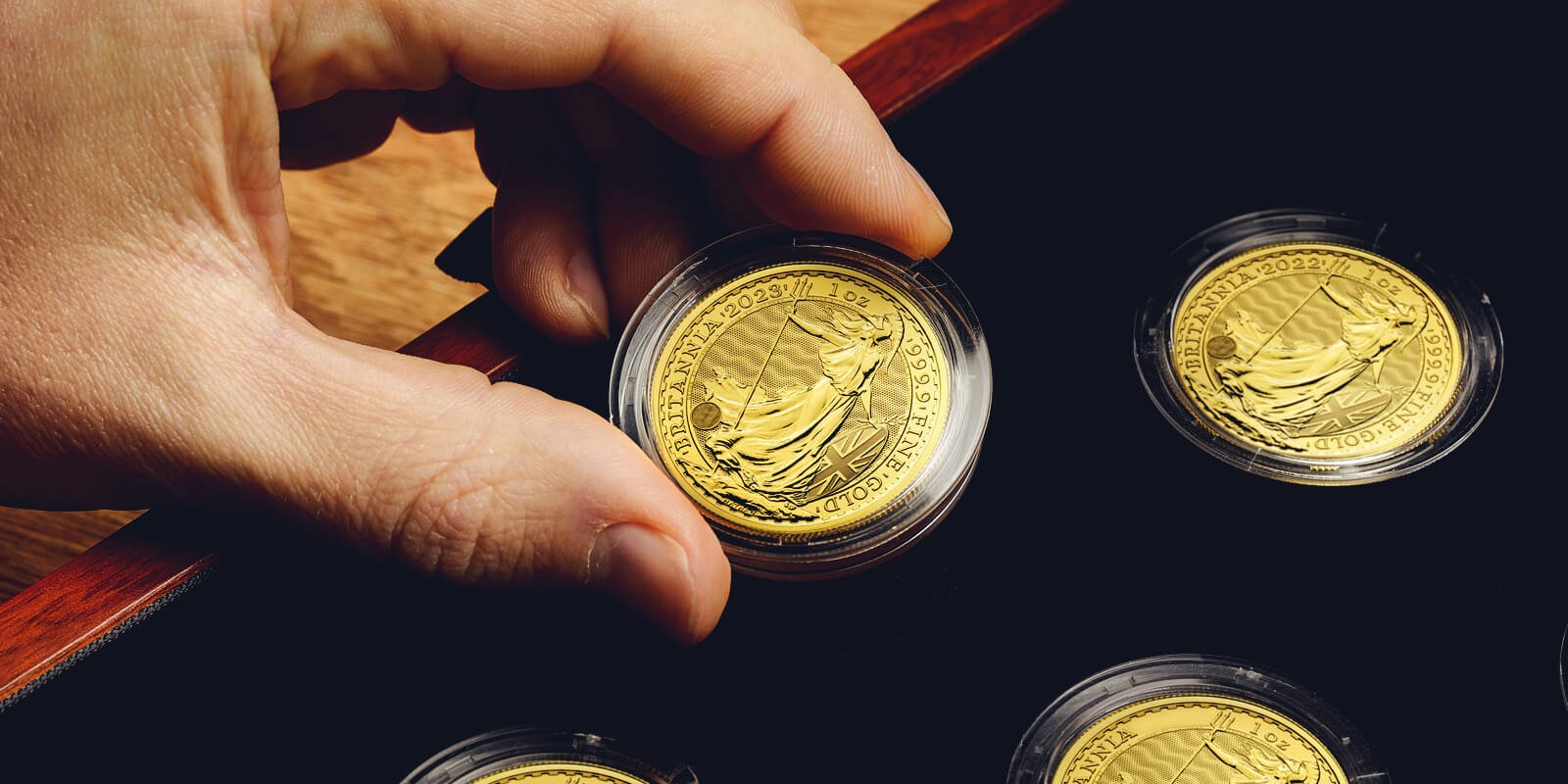
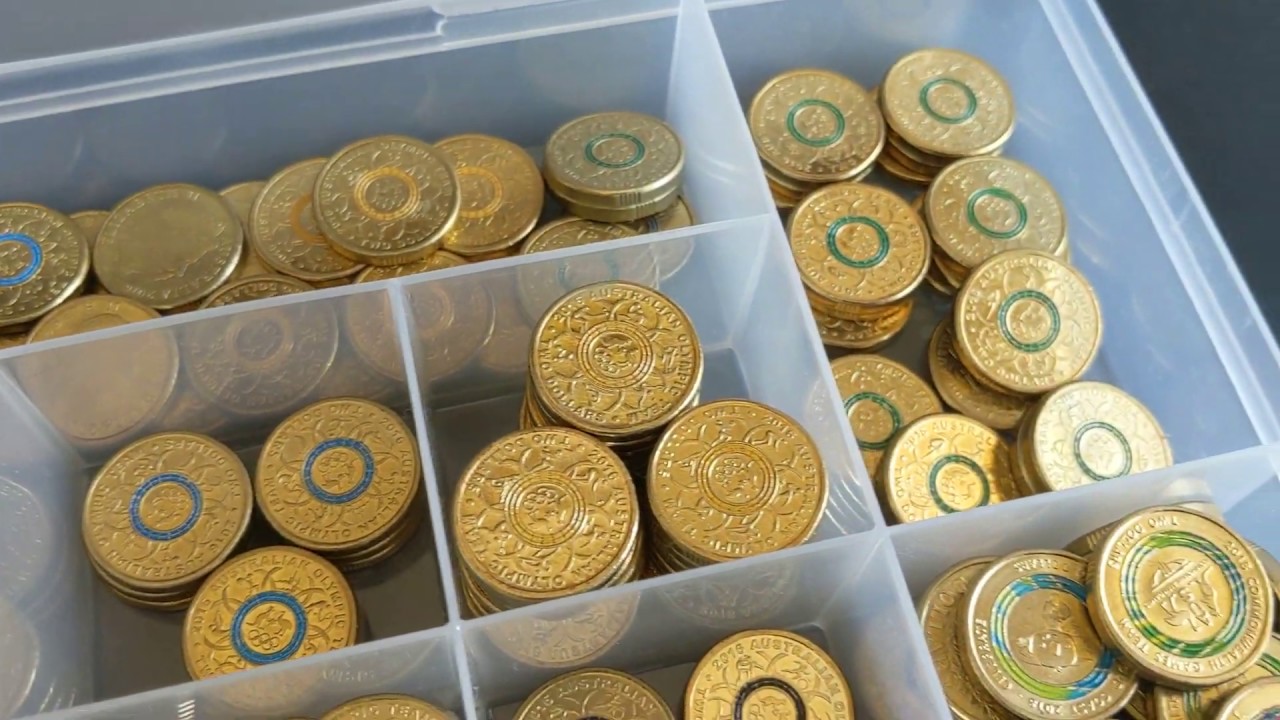
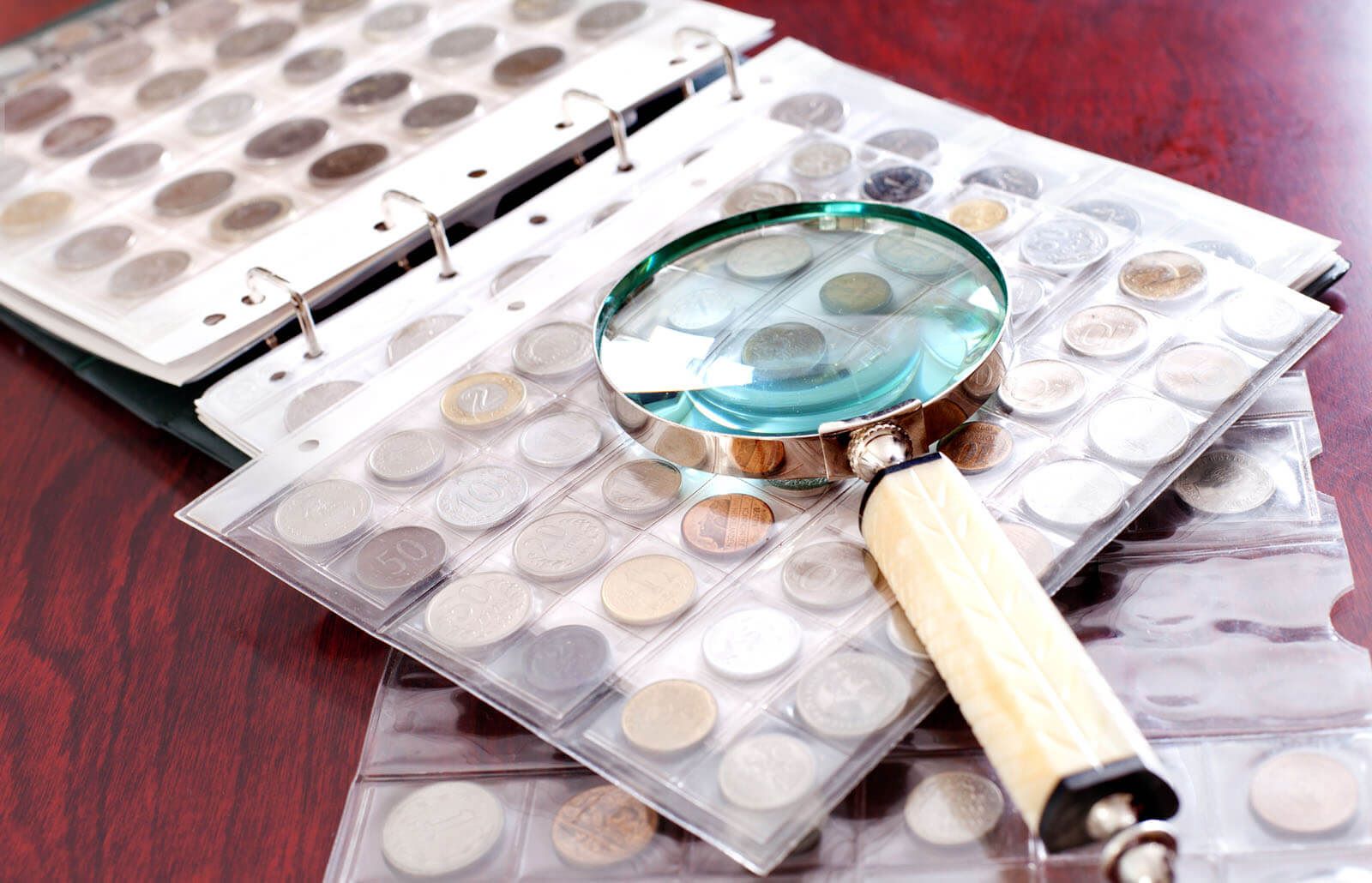
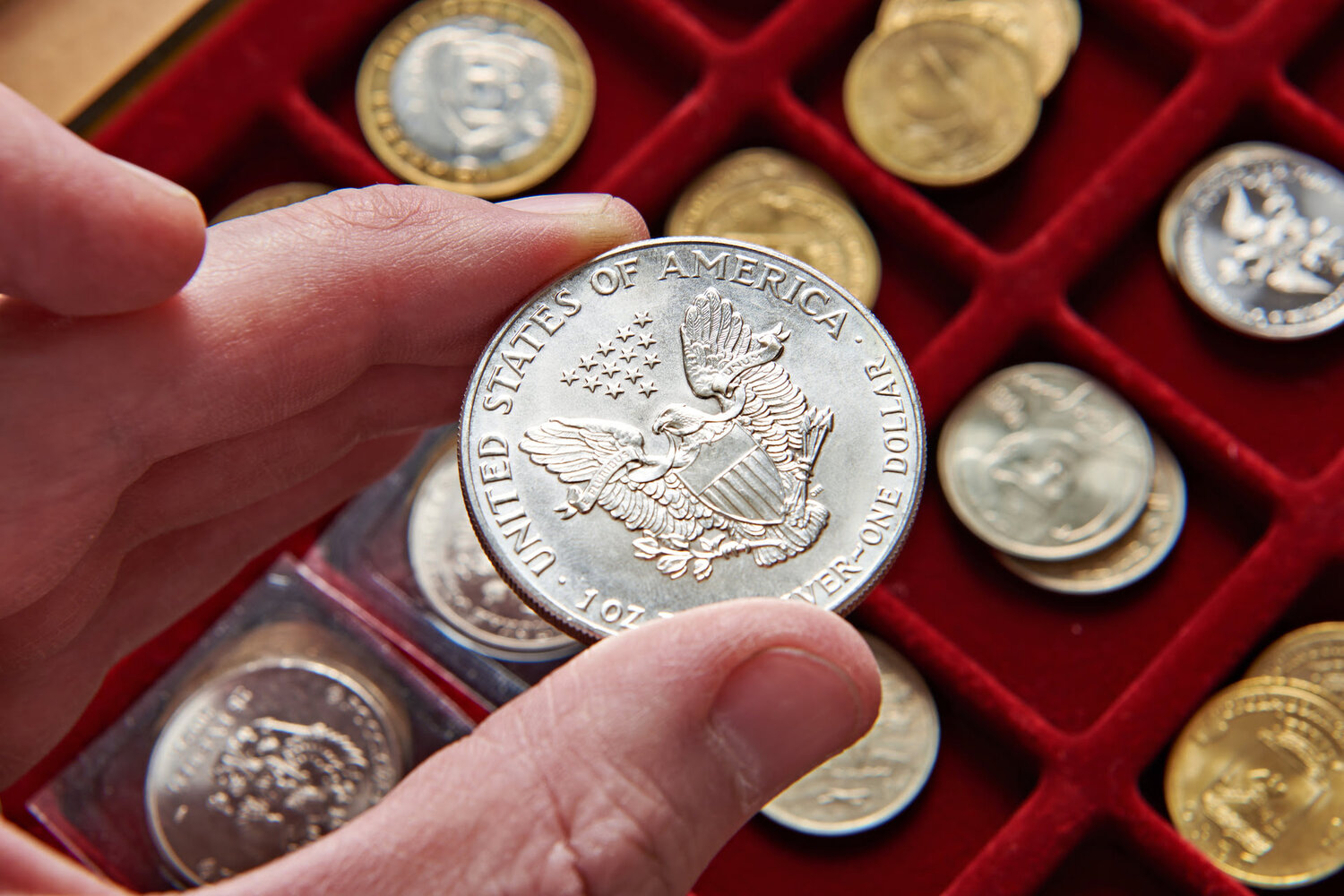
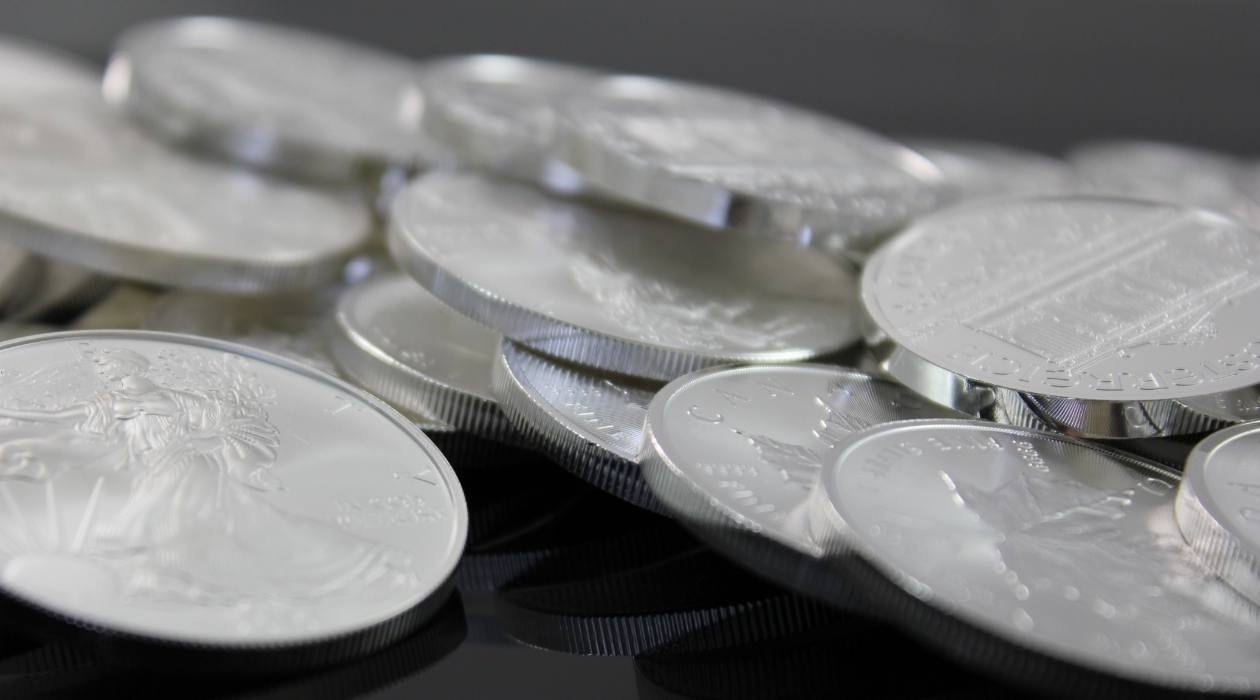
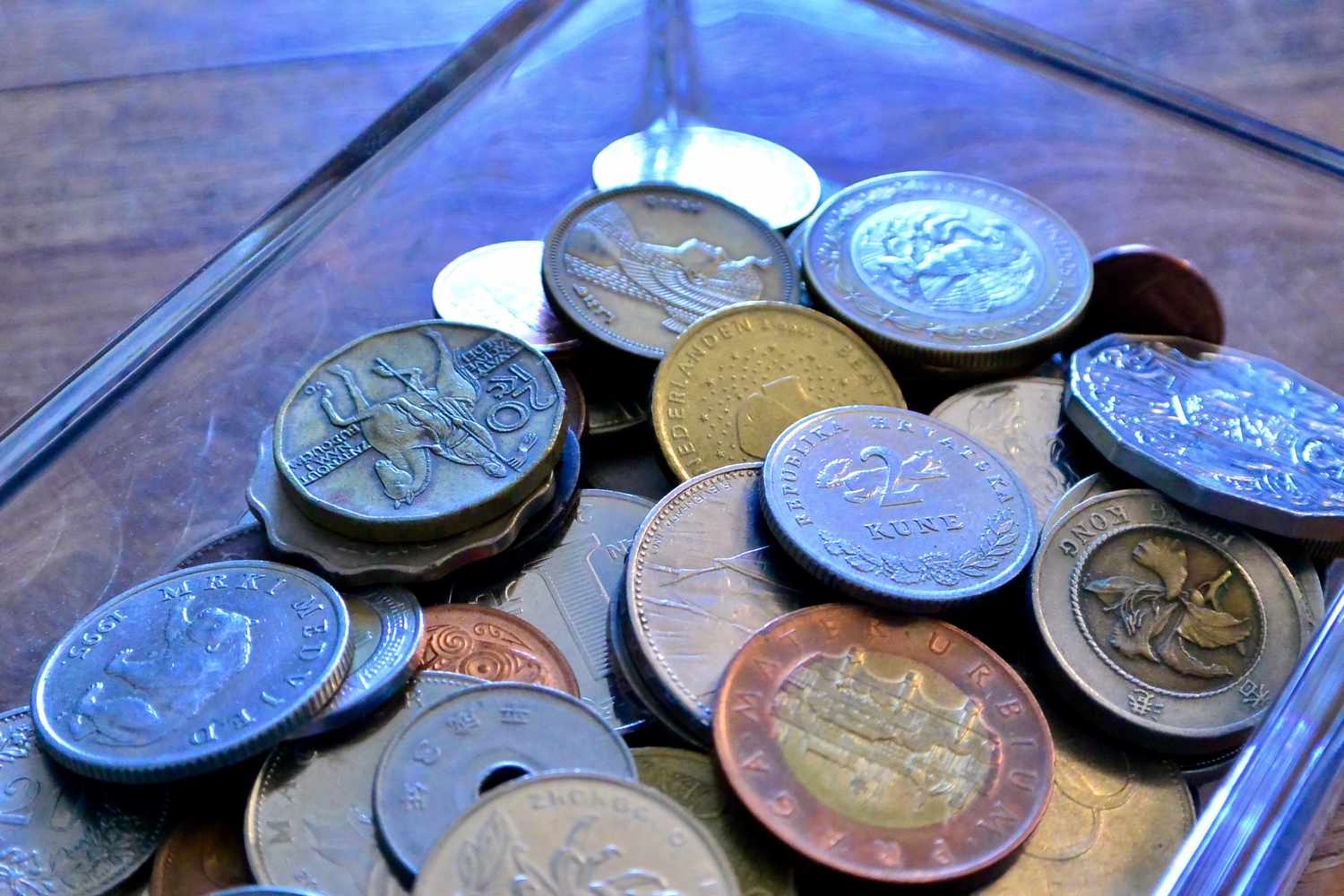
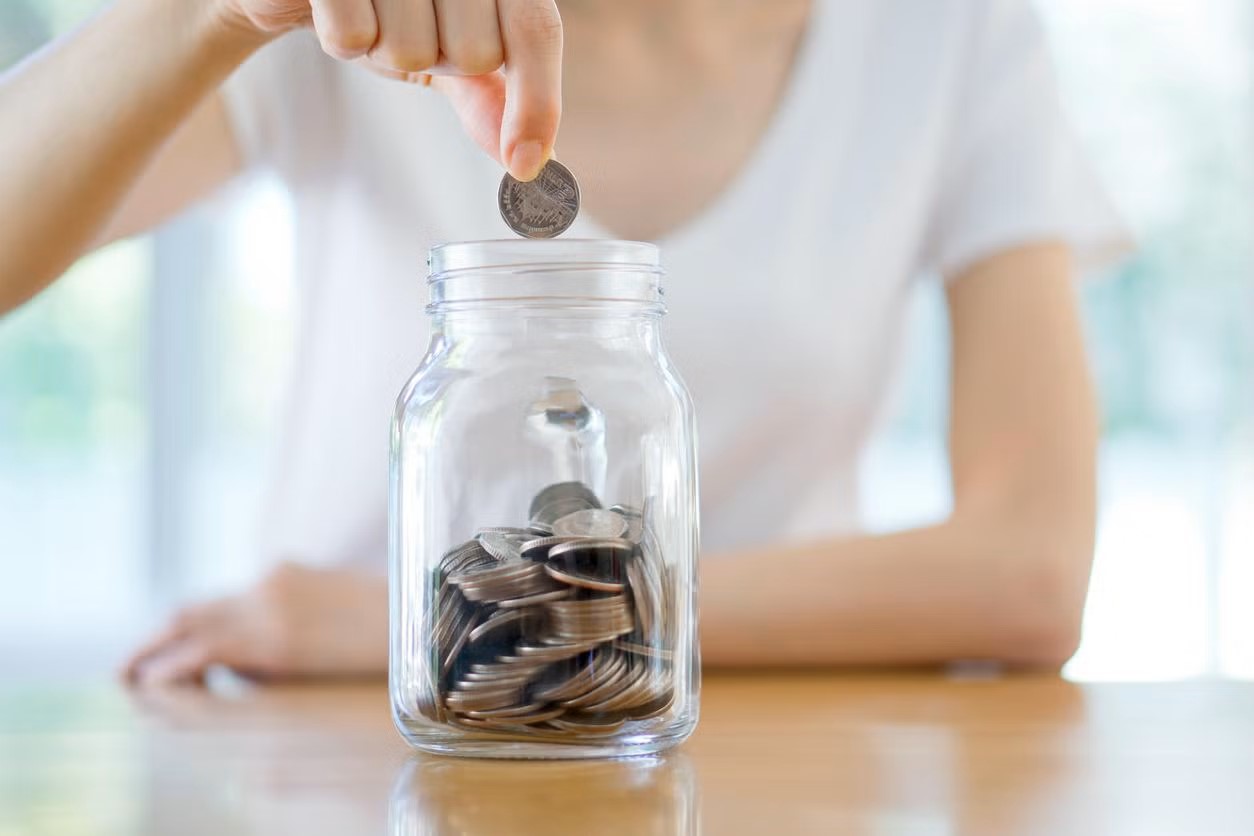
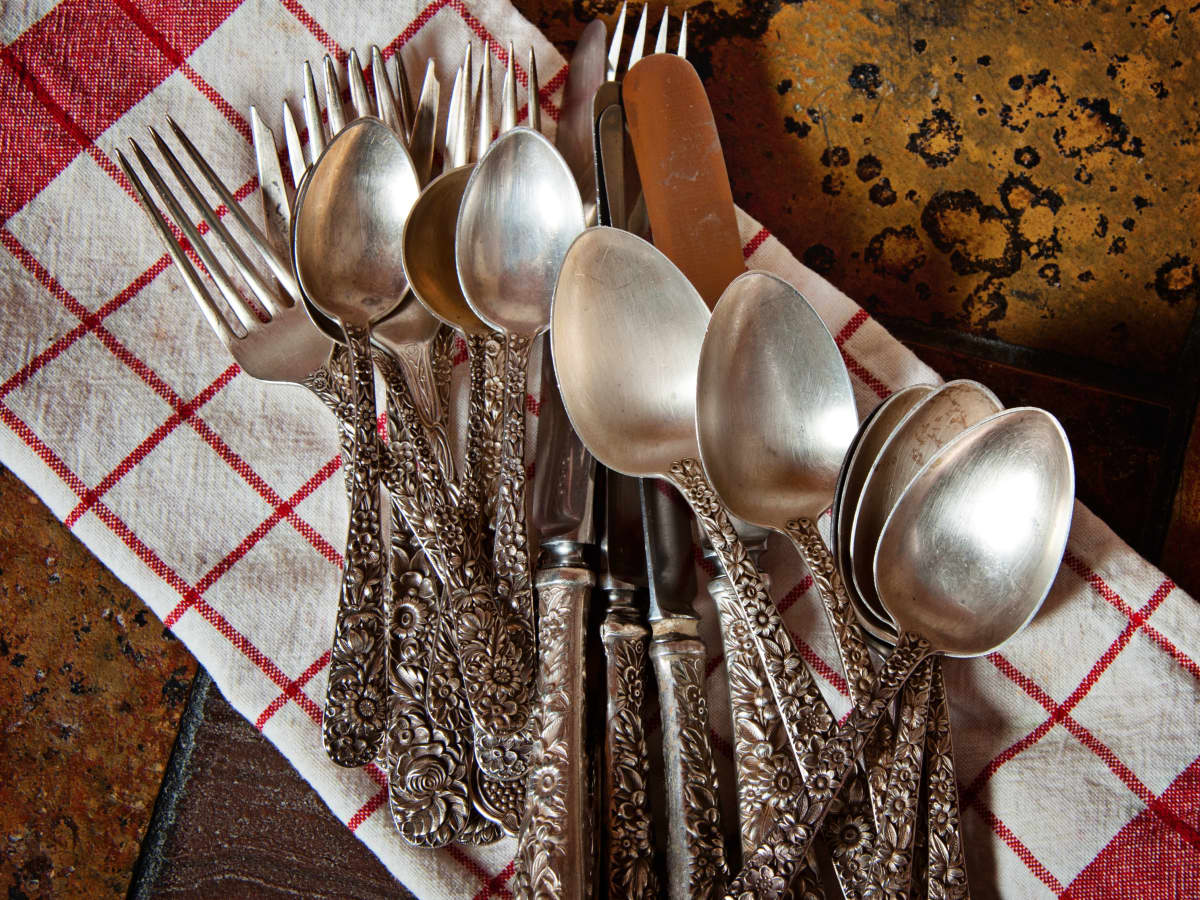
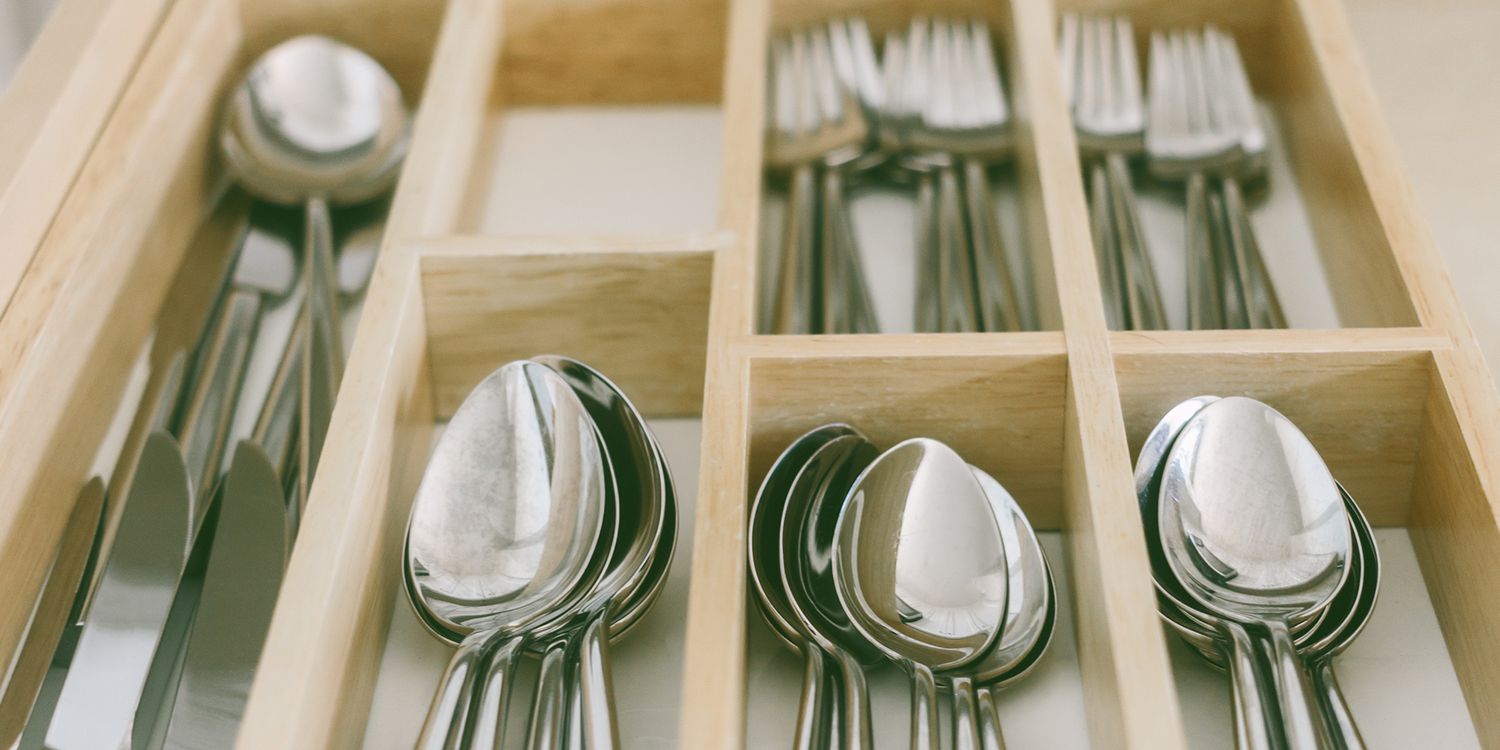
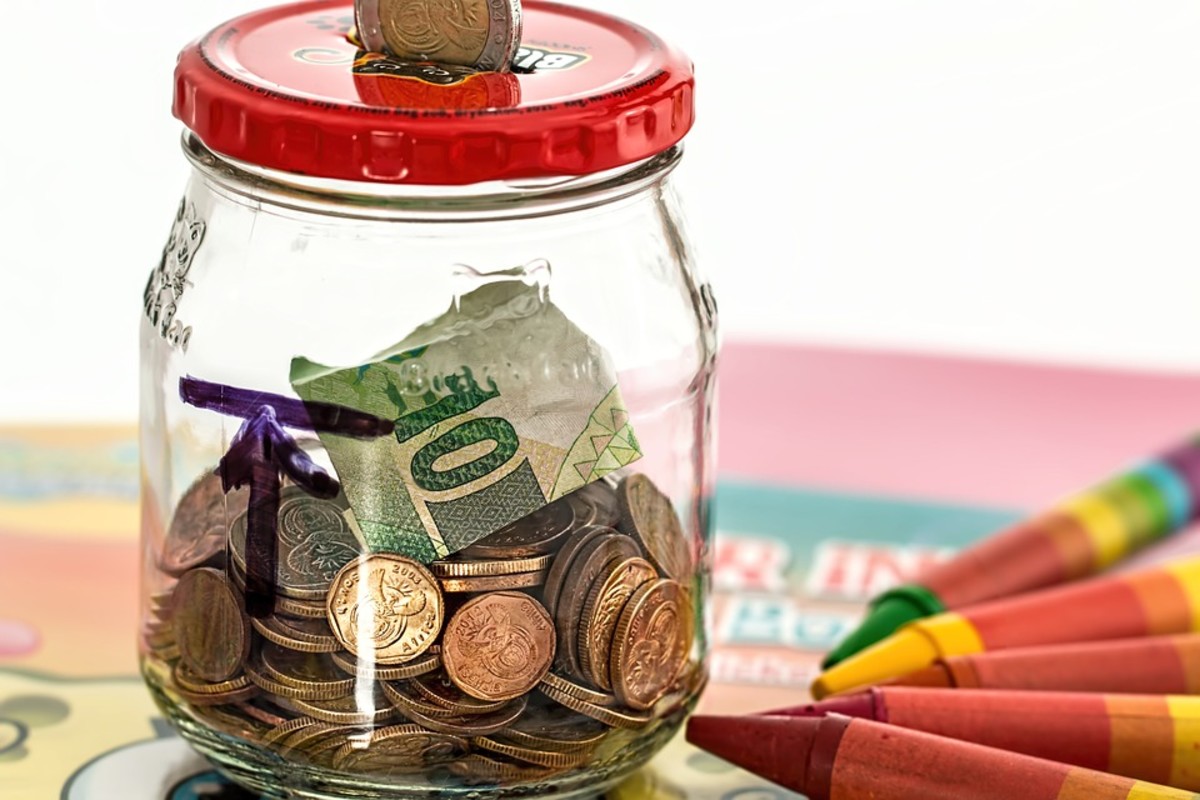
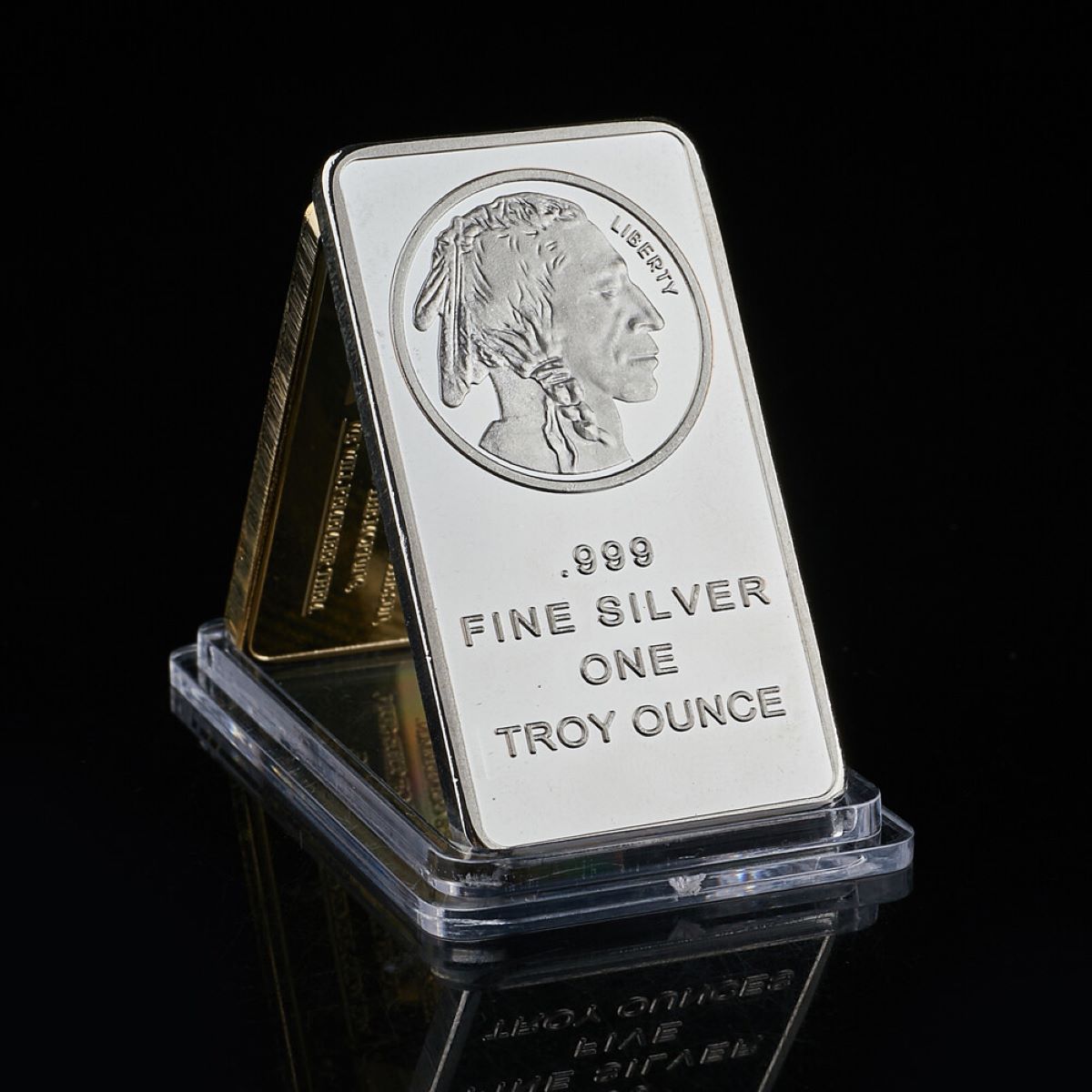

0 thoughts on “How To Store Silver Bars And Coins At Home”